
What is ICFR and Why It is Important for Businesses?
With the evolving nature of the modern, high-speed business world, the correctness and veracity of financial reporting has never been so important. Internal Controls over Financial Reporting (ICFR) is the starting point for firms attempting to satisfy the expectations of stakeholders as well as statutory demands.
Understanding ICFR
The ICFR is a process that an organization's management puts in place and follows to obtain a reasonable level of assurance over the reliability of its financial reporting. It ensures there are no material misstatements in the financial statements due to fraud or misstatement and that they are made according to proper accounting standards.
In a nutshell, ICFR is one such type of safety net which prevents financial error through the implementation of transparent processes and controls. The system extends to everything from recording transactions and account reconciliation to approval procedures and segregation of duties.
Why ICFR is Important for Companies
There are some strong arguments on why ICFR is essential for companies today:
- Compliance with regulatory requirements
- Investor Confidence
- Operational Efficiency
- Fraud Prevention
- Recognize control gaps and propose remediation.
- Improve transparency in financial operations.
- Outline a plan of ongoing improvement.
- Zero in on key processes and risks: Processes that directly affect financial reporting.
- Document and Design Controls: Utilize a Risk Control Matrix to associate risks with corresponding controls.
- Test and Monitor Controls: Regular testing will help to validate if controls are functioning properly.
- Assess Control Deficiencies: All control failures are not material but need to be disclosed and addressed where material.
- Practice Continuous Improvement: Ongoing reviews and refreshes enable the ICFR to continue to be relevant as the business changes.
Regulators, particularly in nations such as the United States (under the Sarbanes-Oxley Act), India (under the Companies Act, 2013), and others, require that companies implement and report on the effectiveness of their ICFR. Weak ICFR can be followed by penalties, loss of reputation, or even legal recourse.
Investors should be assured that a firm's financial situation is accurately reported. A good ICFR system ensures investors by way of evidence that management has undertaken measures to avoid and detect financial misstatements.
ICFR is compliance, but it is also enhancing internal processes. Controls properly designed tend to result in smoother operations, on-time reporting, and decision-making.
Effective ICFR prevents fraud. With clearly defined roles and duties, and ongoing monitoring, businesses can abolish unauthorized transactions, accounting gimmicks, or fiscal leaks.
Key Elements of ICFR
To thoroughly grasp ICFR, it is best to dissect its key features. One of the pillars utilized in the adoption of ICFR is the Risk Control Matrix (RCM).
Risk Control Matrix (RCM)
The Risk Control Matrix is a document that charts potential financial report risks against the related control activities. For instance, if one of the risks is overestimated revenue, the RCM will spell out control points—such as approval routines for sales or system validation rules—that mitigate such a risk.
By charting risks to controls, the RCM offers control owners and auditors alike a point of reference.
Entity Level Controls (ELCs)
While transaction-level controls target particular processes such as procurement or payroll, Entity Level Controls are generic in nature. They constitute tone at the top, ethical policies, arrangements for internal audit, and governance arrangements.
Entity Level Controls are important because they are the foundation on which other controls operate. Unless there is a culture of transparency and accountability in an organization, even well-defined process-level controls will not work.
ICFR vs ICOFR
Generally, ICOFR and ICFR are used interchangeably. However, the same concept that each of them represents; ICOFR is the standard term mainly in U.S. regulatory environments, especially the SOX. The most commonly used term in other parts of the world and India is ICFR.
The ideas and objectives and techniques pertaining to ICFR and ICOFR are also very much the same, though it varies slightly with the name.
ICFR Audit: Assurance and Accountability
An ICFR audit assesses whether the financial reporting-related internal controls are effectively designed and functioning as anticipated. It is typically undertaken at year end and can be undertaken in addition to the statutory audit.
There are two forms of ICFR audit:
Management's Self-Assessment: Here, the business assesses its own control effectiveness, usually through the RCM and internal checklists.
Independent Auditor's Opinion: External audit ensures the controls for stakeholders' trust. The same is required in certain companies by regulatory requirements.
Role of Internal Controls Audit
Internal Controls Audit has a core role in validating the ICFR framework. Not only does it provide assurance for regulatory requirements but also indicates areas of improvement. A successful Internal Controls Audit will:
For companies with expanding business, this is an audit that checks one's readiness for entry into public markets or preliminary engagement with institutional investors.
Strong ICFR Framework Building
An effective ICFR framework can be developed through following these steps:
Conclusion
In short, ICFR is not a tick-box regulatory-it's part and parcel of good corporate governance. From building transparency to mitigating financial risk, ICFR contributes to sustainable business building. Tools such as the Risk Control Matrix, effective Entity Level Controls, and regular Internal Controls Audits are the pillars of an effective ICFR framework.
Those making investments in effective ICFR practices are demonstrating their integrity, accountability, and long-term value creation—values valued and rewarded by stakeholders.
Recent Posts
-
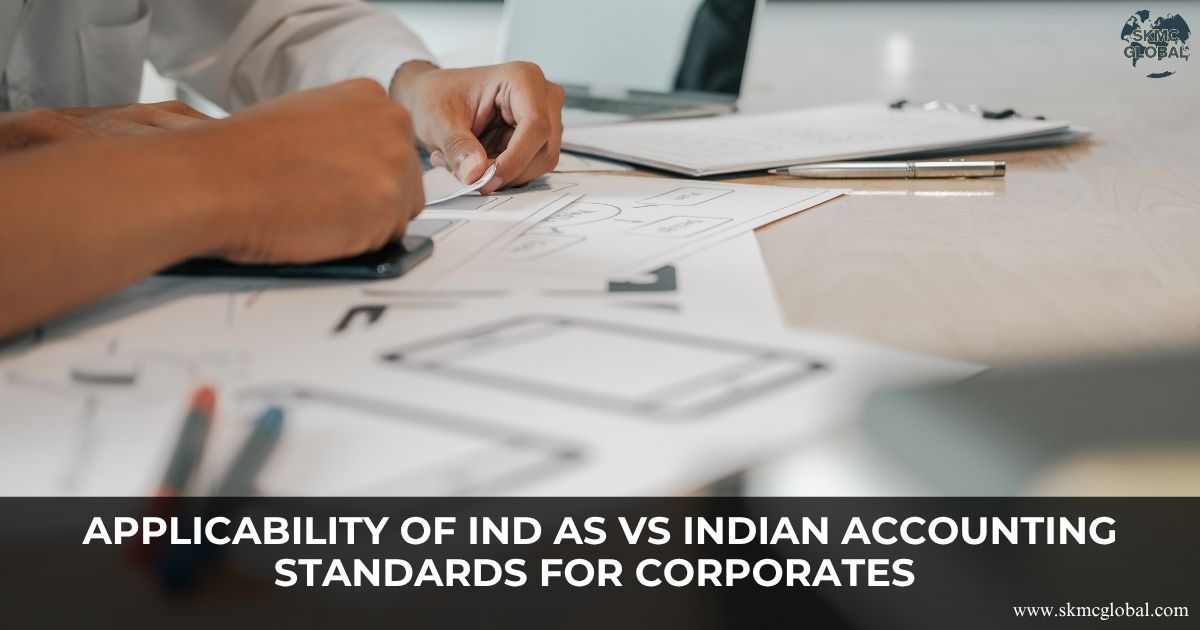 Applicability of Ind AS vs Indian Accounting Stand...
Nov 11,2025
Applicability of Ind AS vs Indian Accounting Stand...
Nov 11,2025
-
 Public vs. Private Trust: key Differences in Regis...
Oct 28,2025
Public vs. Private Trust: key Differences in Regis...
Oct 28,2025
-
 Donation and Foreign Contributions to Trusts in In...
Oct 23,2025
Donation and Foreign Contributions to Trusts in In...
Oct 23,2025
-
 Redeemable Preference Shares as a Financial Tool...
Oct 22,2025
Redeemable Preference Shares as a Financial Tool...
Oct 22,2025
-
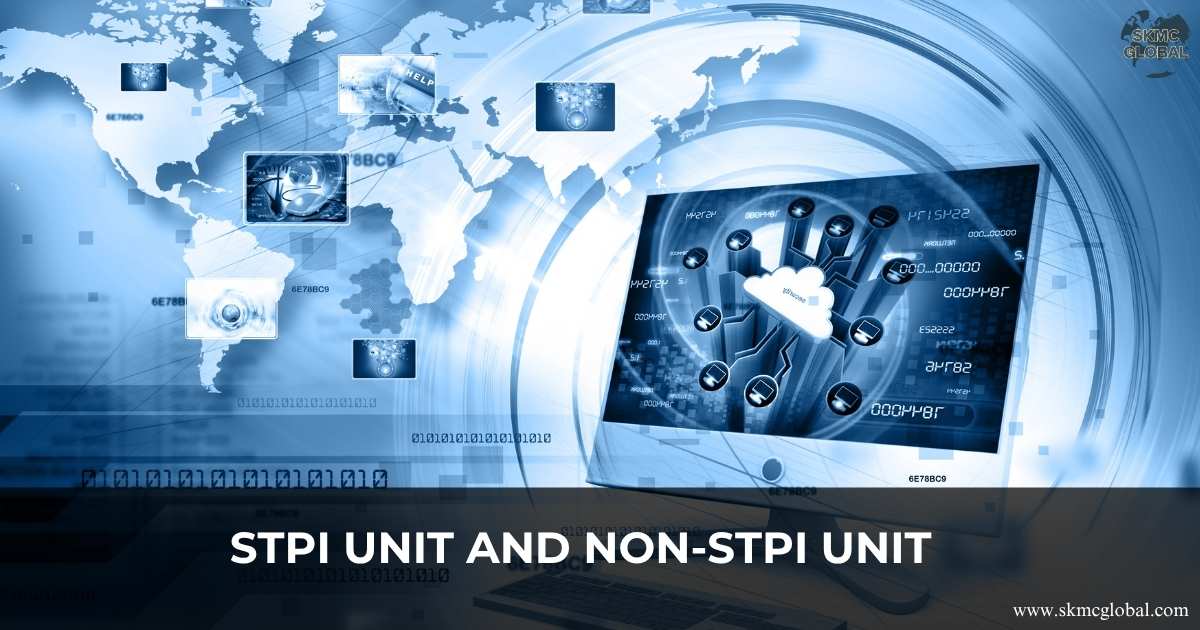 STPI Unit and Non-STPI Unit...
Oct 16,2025
STPI Unit and Non-STPI Unit...
Oct 16,2025
-
 Country-by-Country Reporting (CbCR) and Its Evolvi...
Oct 09,2025
Country-by-Country Reporting (CbCR) and Its Evolvi...
Oct 09,2025
-
 What is Free Trade Agreement and Certificate of Or...
Oct 08,2025
What is Free Trade Agreement and Certificate of Or...
Oct 08,2025
-
 What is the relevance of status holders certificat...
Oct 06,2025
What is the relevance of status holders certificat...
Oct 06,2025
-
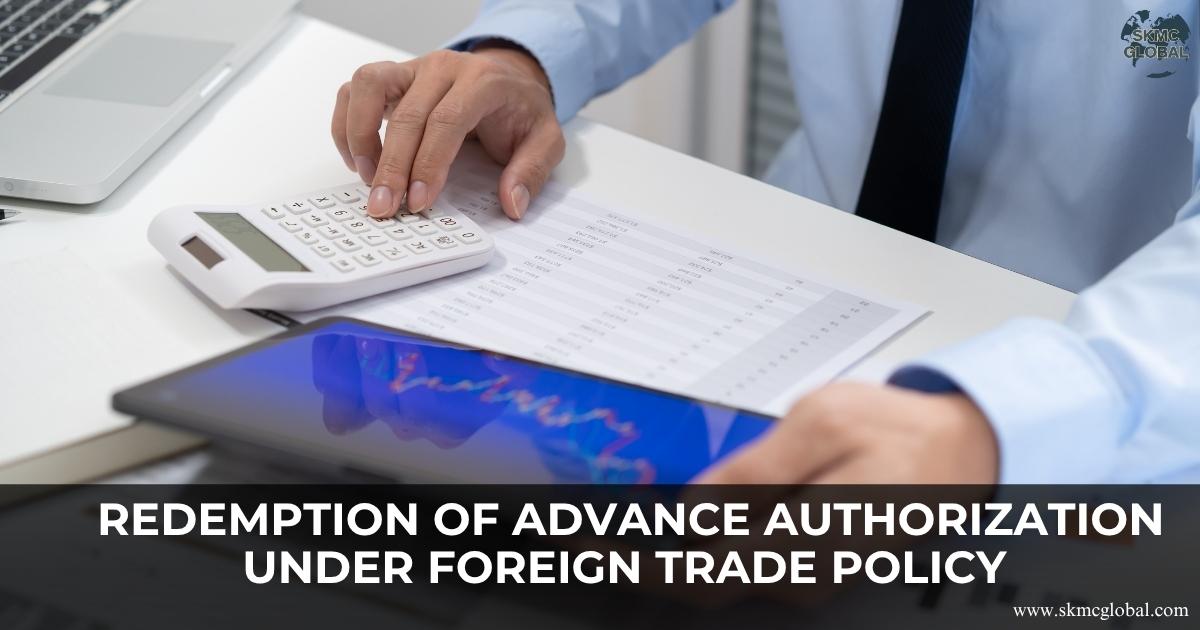 Redemption of Advance Authorization under Foreign ...
Oct 04,2025
Redemption of Advance Authorization under Foreign ...
Oct 04,2025
-
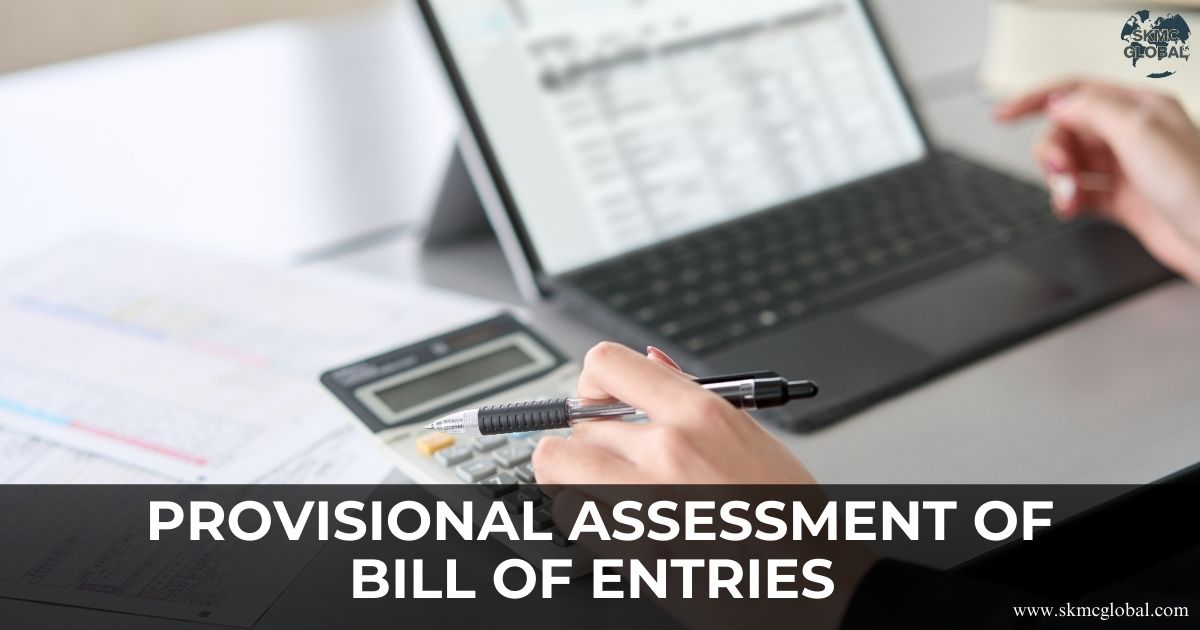 What is provisional assessment of Bill of Entries ...
Sep 29,2025
What is provisional assessment of Bill of Entries ...
Sep 29,2025
-
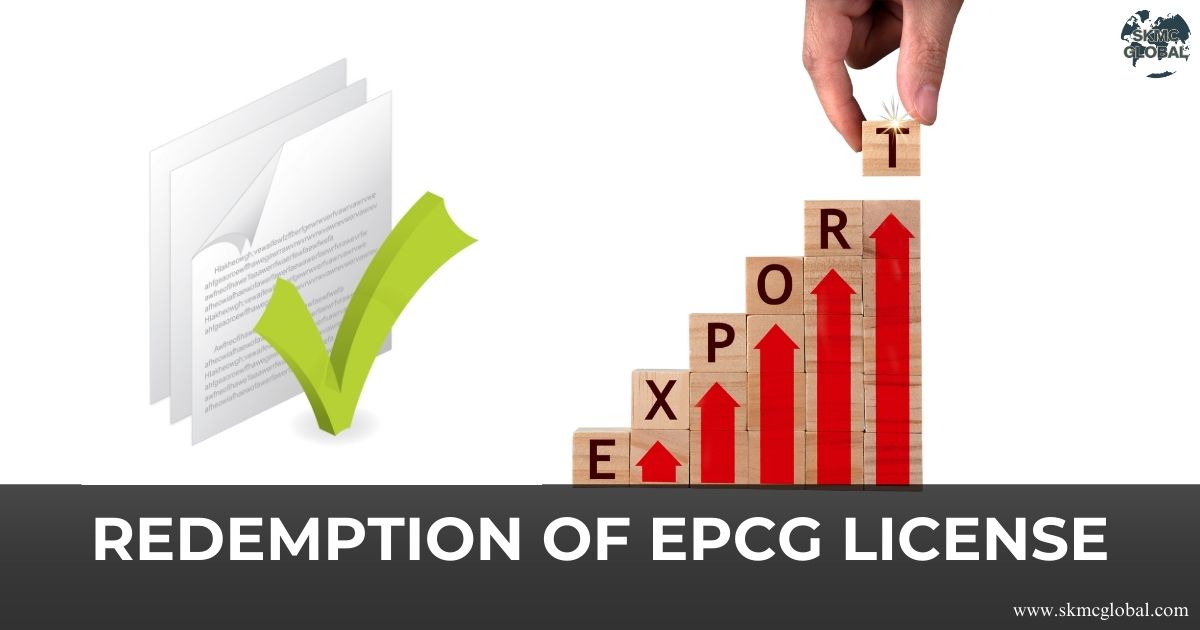 Redemption of EPCG License...
Sep 26,2025
Redemption of EPCG License...
Sep 26,2025
-
 MOOWR (Manufacturing and Other Operations in Wareh...
Sep 24,2025
MOOWR (Manufacturing and Other Operations in Wareh...
Sep 24,2025
-
 Procedure to Apply SCOMET License...
Sep 22,2025
Procedure to Apply SCOMET License...
Sep 22,2025
-
 Landscape of Semiconductor Industry while Doing Bu...
Sep 18,2025
Landscape of Semiconductor Industry while Doing Bu...
Sep 18,2025
-
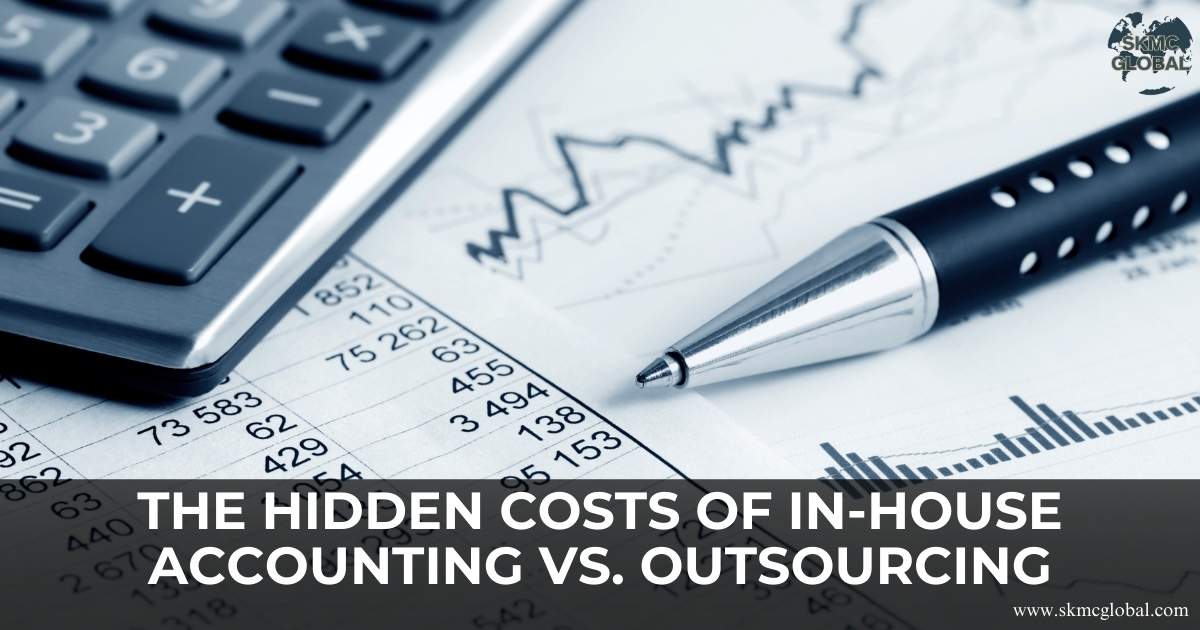 The Hidden Costs of In-House Accounting v/s Outsou...
Sep 17,2025
The Hidden Costs of In-House Accounting v/s Outsou...
Sep 17,2025
-
 TDS on sale of immovable property by an nri...
Sep 10,2025
TDS on sale of immovable property by an nri...
Sep 10,2025
-
 Setting up a Project Office in India...
Sep 08,2025
Setting up a Project Office in India...
Sep 08,2025
-
 Tax Implication for Transferring NRO Funds to NRE ...
Sep 05,2025
Tax Implication for Transferring NRO Funds to NRE ...
Sep 05,2025
-
 How outsourcing CFO services helps the corporates ...
Aug 27,2025
How outsourcing CFO services helps the corporates ...
Aug 27,2025
-
 Why a Periodical Cash Flow Statement is Necessary ...
Aug 26,2025
Why a Periodical Cash Flow Statement is Necessary ...
Aug 26,2025
-
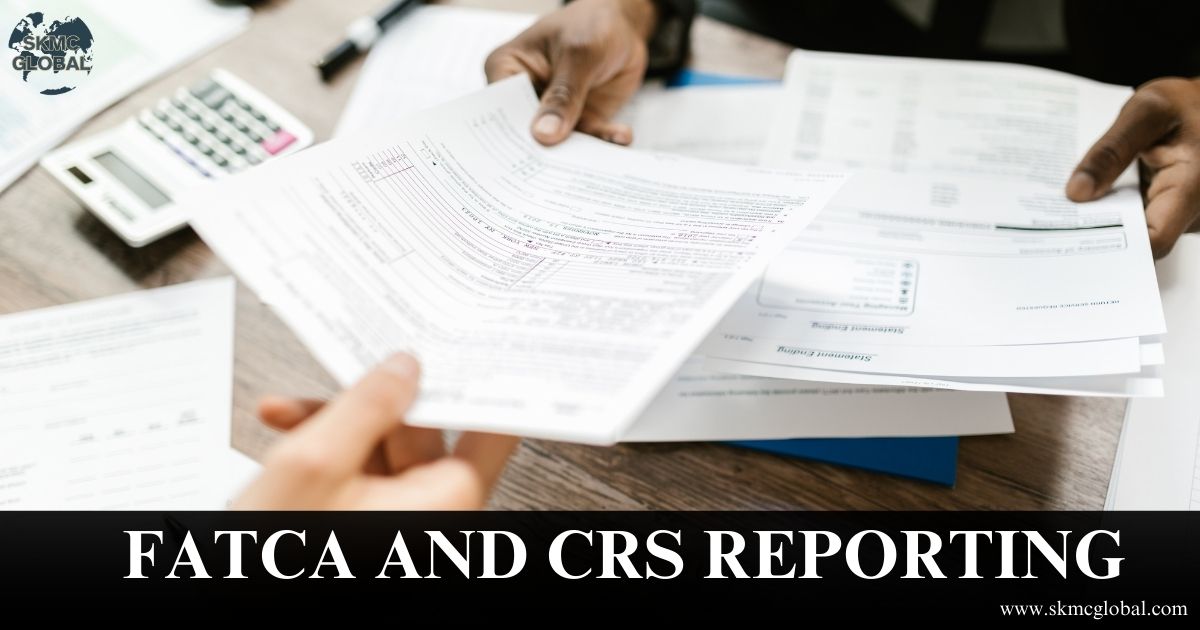 What is FATCA and CRS reporting and its difference...
Aug 22,2025
What is FATCA and CRS reporting and its difference...
Aug 22,2025
-
 What are unclaimed TDS Credits and how to claim it...
Aug 21,2025
What are unclaimed TDS Credits and how to claim it...
Aug 21,2025
-
 Digital Taxation is reshaping Tax Nexus Between Ju...
Aug 20,2025
Digital Taxation is reshaping Tax Nexus Between Ju...
Aug 20,2025
-
 Procedure to Take PF Registration and Its Complian...
Aug 18,2025
Procedure to Take PF Registration and Its Complian...
Aug 18,2025
-
 Procedure to take PSARA License...
Aug 11,2025
Procedure to take PSARA License...
Aug 11,2025
-
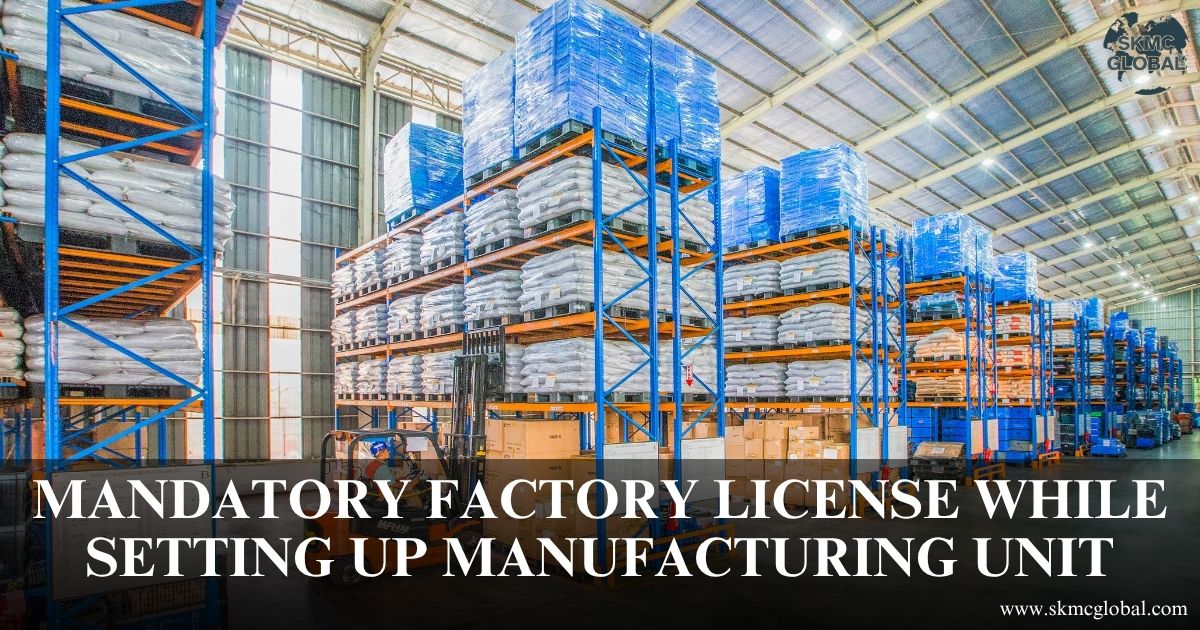 Mandatory factory license while setting up manufac...
Aug 08,2025
Mandatory factory license while setting up manufac...
Aug 08,2025
-
 Procedure for obtaining NBFC Registration in India...
Aug 04,2025
Procedure for obtaining NBFC Registration in India...
Aug 04,2025
-
 FSSAI License registration for Food Business...
Jul 14,2025
FSSAI License registration for Food Business...
Jul 14,2025
-
 How Management Information System (MIS) reporting ...
Jul 11,2025
How Management Information System (MIS) reporting ...
Jul 11,2025
-
 IFRS 9 impairment- A complete guide...
Jul 12,2025
IFRS 9 impairment- A complete guide...
Jul 12,2025
-
 Why most of the companies are shifting to hr and p...
Jul 10,2025
Why most of the companies are shifting to hr and p...
Jul 10,2025
-
 A complete guide on valuation of shares...
Jul 10,2025
A complete guide on valuation of shares...
Jul 10,2025
-
 BIS registration for foreign manufacturer...
Jul 09,2025
BIS registration for foreign manufacturer...
Jul 09,2025
-
 Understanding the Scope of the Shops and Establish...
Jul 08,2025
Understanding the Scope of the Shops and Establish...
Jul 08,2025
-
 Coso framework: Complete guide on internal control...
Jun 26,2025
Coso framework: Complete guide on internal control...
Jun 26,2025
-
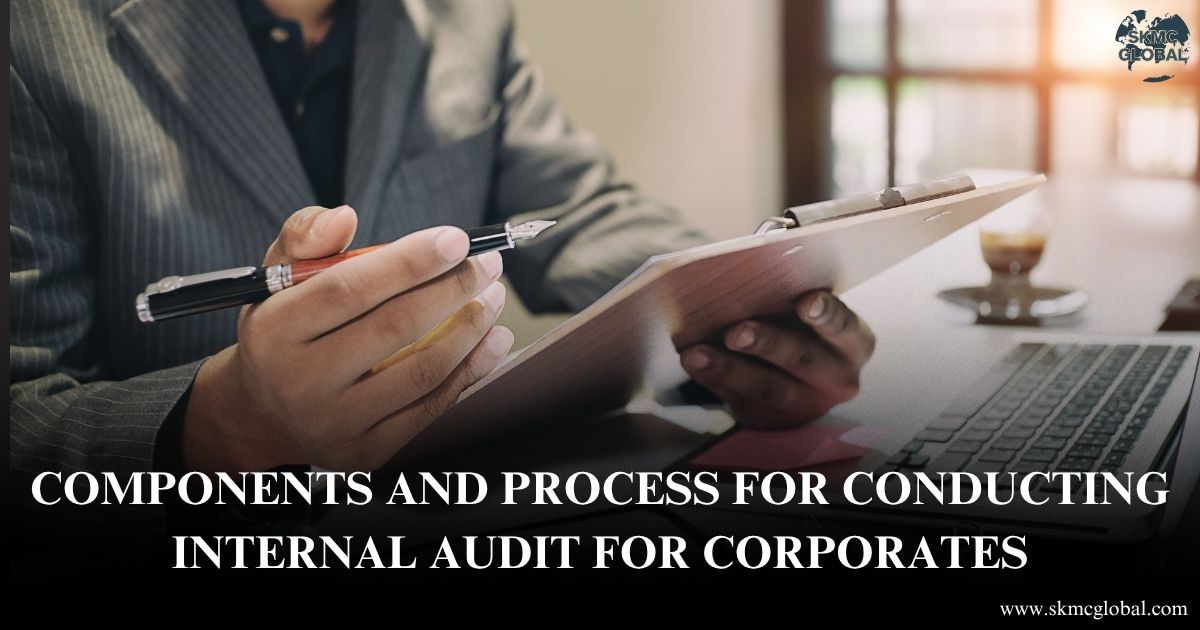 Components and Process for Conducting Internal Aud...
Jun 25,2025
Components and Process for Conducting Internal Aud...
Jun 25,2025
-
 What is ICFR and Why It is Important for Businesse...
Jun 24,2025
What is ICFR and Why It is Important for Businesse...
Jun 24,2025
-
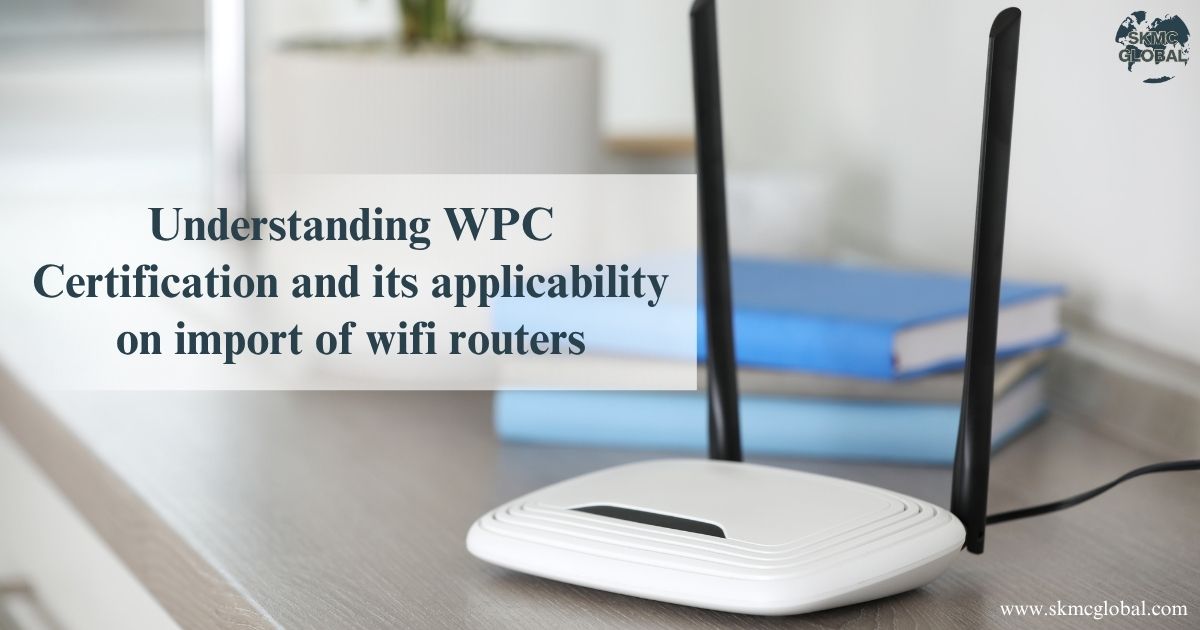 Understanding WPC Certification and its applicabil...
Jun 23,2025
Understanding WPC Certification and its applicabil...
Jun 23,2025
-
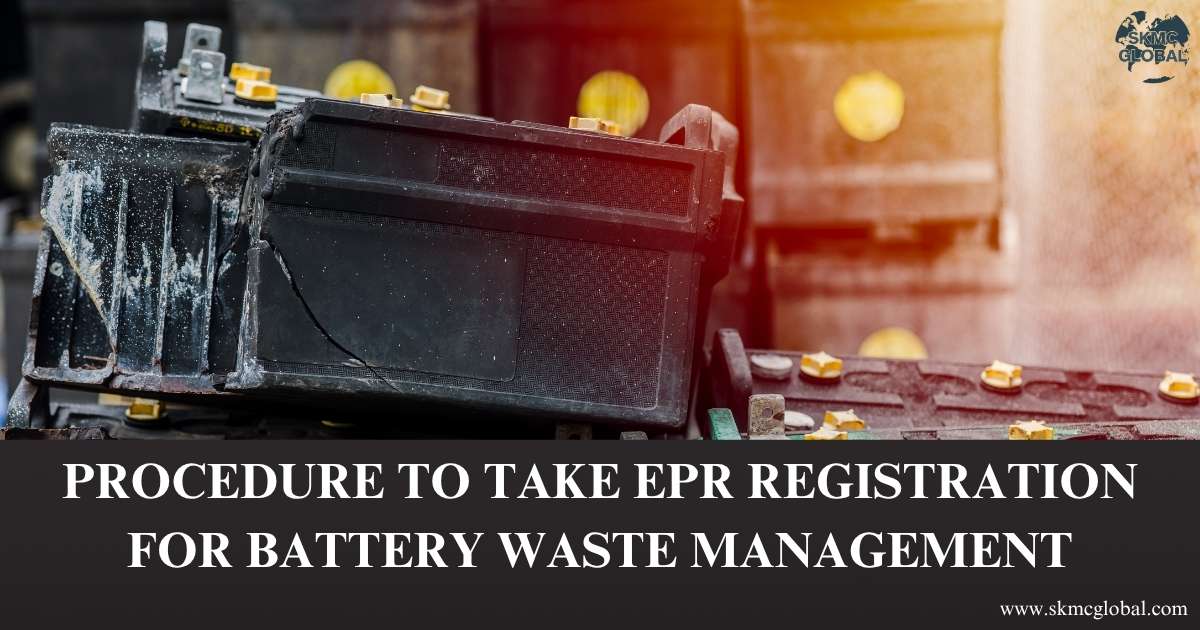 Procedure to take EPR registration for battery was...
Jun 21,2025
Procedure to take EPR registration for battery was...
Jun 21,2025
-
 3PL Logistics...
Jun 19,2025
3PL Logistics...
Jun 19,2025
-
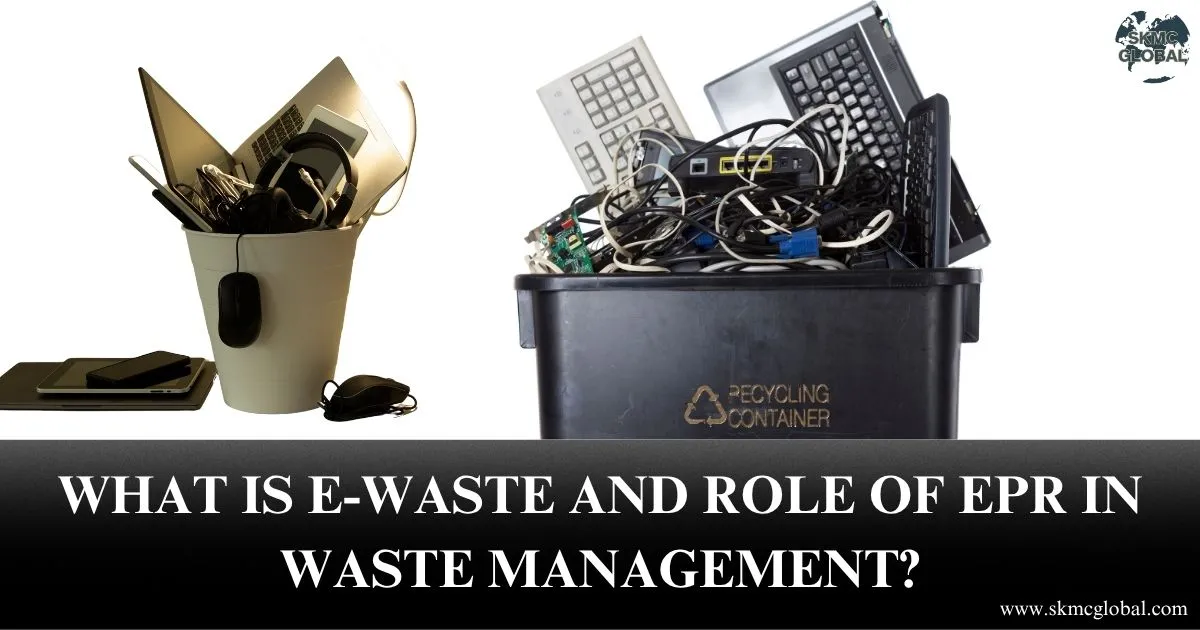 What is E-Waste and role of EPR in Waste Managemen...
Jun 17,2025
What is E-Waste and role of EPR in Waste Managemen...
Jun 17,2025
-
 M&A Due Diligence in India: How to Spot Target Com...
Jun 16,2025
M&A Due Diligence in India: How to Spot Target Com...
Jun 16,2025
-
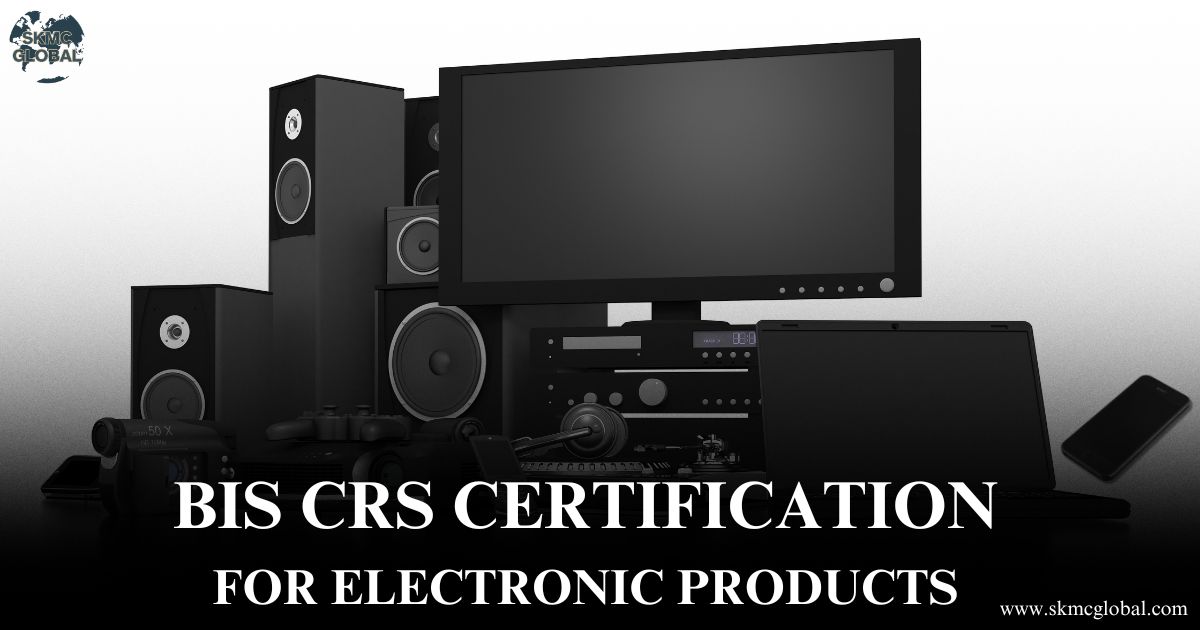 BIS crs certification for electronic products...
Jun 12,2025
BIS crs certification for electronic products...
Jun 12,2025
-
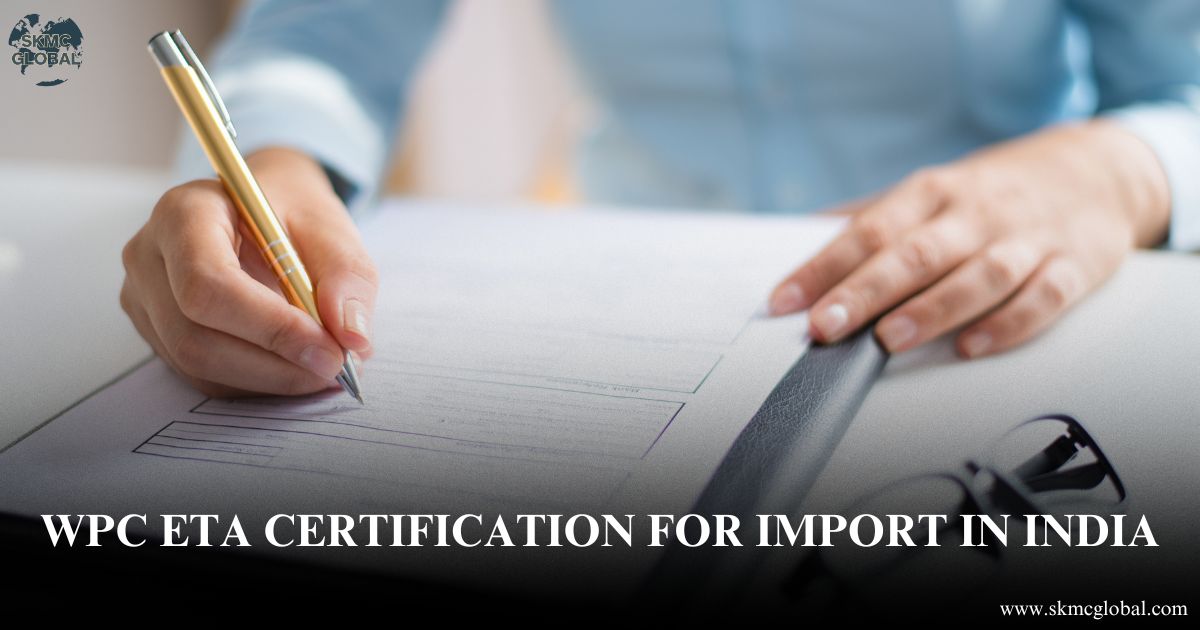 All you need to know about WPC ETA certification f...
Jun 11,2025
All you need to know about WPC ETA certification f...
Jun 11,2025
-
 What is CDSCO Registration under The Drugs & Cosme...
Jun 10,2025
What is CDSCO Registration under The Drugs & Cosme...
Jun 10,2025
-
 Procedure to Take CDSCO Registration in India: A C...
Jun 09,2025
Procedure to Take CDSCO Registration in India: A C...
Jun 09,2025
-
 All You Need to Know About AERB Registration...
Jun 07,2025
All You Need to Know About AERB Registration...
Jun 07,2025
-
 Understanding POSH (Prevention of Sexual Harassmen...
Jun 03,2025
Understanding POSH (Prevention of Sexual Harassmen...
Jun 03,2025
-
 Chartered Accountant's role in financial managemen...
May 23,2025
Chartered Accountant's role in financial managemen...
May 23,2025
-
 5 Things to keep in mind while running your payrol...
May 17,2025
5 Things to keep in mind while running your payrol...
May 17,2025
-
 Why BIS Certification is Crucial for Importers and...
May 15,2025
Why BIS Certification is Crucial for Importers and...
May 15,2025
-
 Top 7 Reasons Indian Entrepreneurs Are Switching t...
May 07,2025
Top 7 Reasons Indian Entrepreneurs Are Switching t...
May 07,2025
-
 Incorporation of Company in Japan...
Apr 24,2025
Incorporation of Company in Japan...
Apr 24,2025
-
 How to set up a Representative Office in Singapore...
Apr 14,2025
How to set up a Representative Office in Singapore...
Apr 14,2025
-
 BIS certificate for medical equipments...
Apr 09,2025
BIS certificate for medical equipments...
Apr 09,2025
-
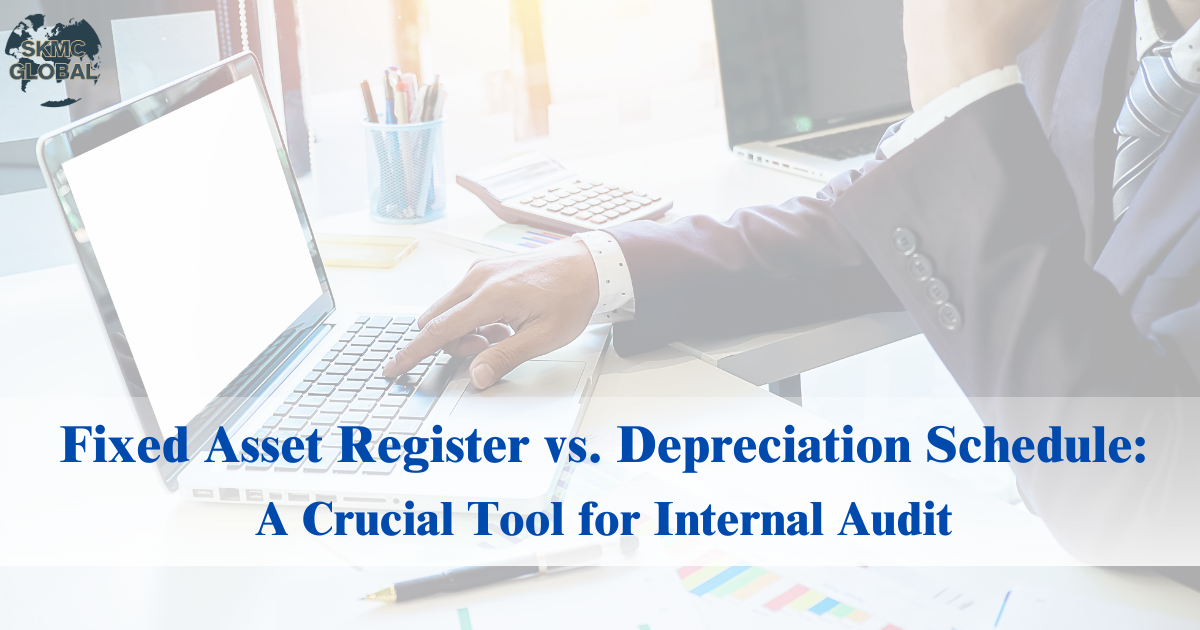 Fixed Asset Register v/s Depreciation Schedule: A ...
Apr 02,2025
Fixed Asset Register v/s Depreciation Schedule: A ...
Apr 02,2025
-
 Role of AI in Accounting...
Mar 26,2025
Role of AI in Accounting...
Mar 26,2025
-
 Capital Structure & its Impact on Profitability...
Feb 21,2025
Capital Structure & its Impact on Profitability...
Feb 21,2025
-
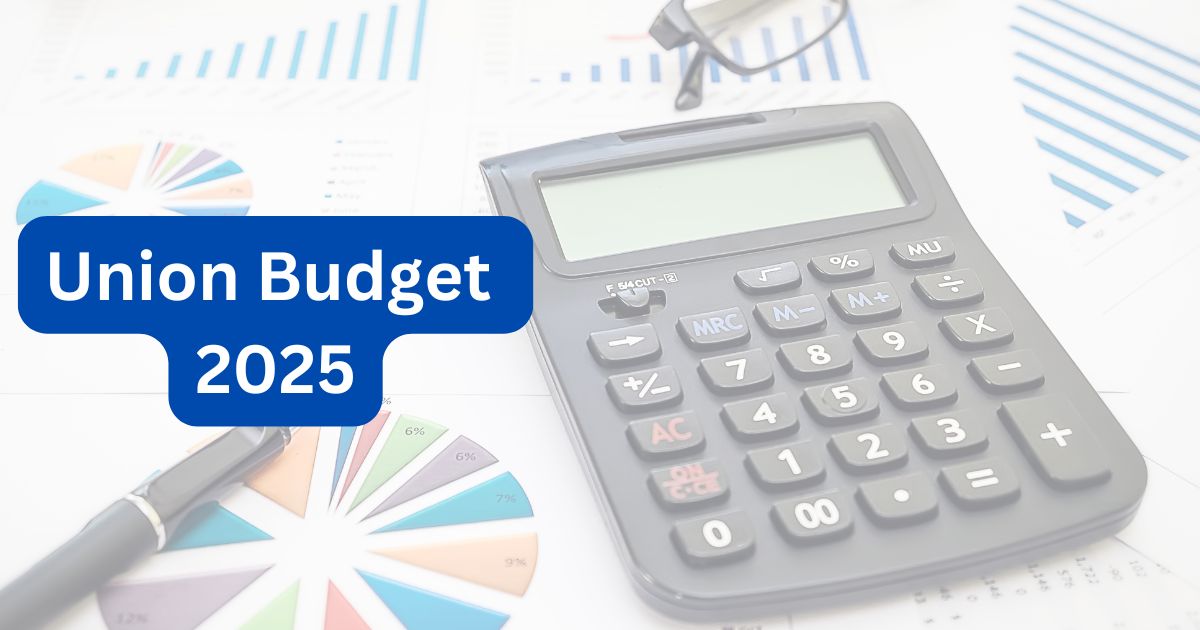 Union Budget 2025...
Feb 01,2025
Union Budget 2025...
Feb 01,2025
-
 What is EPR in Plastic waste Management? ...
Jul 12,2022
What is EPR in Plastic waste Management? ...
Jul 12,2022
-
 Lithium-ion Battery Recycling Plant Setup in India...
May 10,2022
Lithium-ion Battery Recycling Plant Setup in India...
May 10,2022
-
 Setting up E-waste Recycling Plant Setup...
Jan 12,2022
Setting up E-waste Recycling Plant Setup...
Jan 12,2022
-
 Applicability of Labour Laws in India...
Jul 15,2021
Applicability of Labour Laws in India...
Jul 15,2021
-
 Basis to Outsource Finance and Accounting Services...
Oct 31,2021
Basis to Outsource Finance and Accounting Services...
Oct 31,2021
